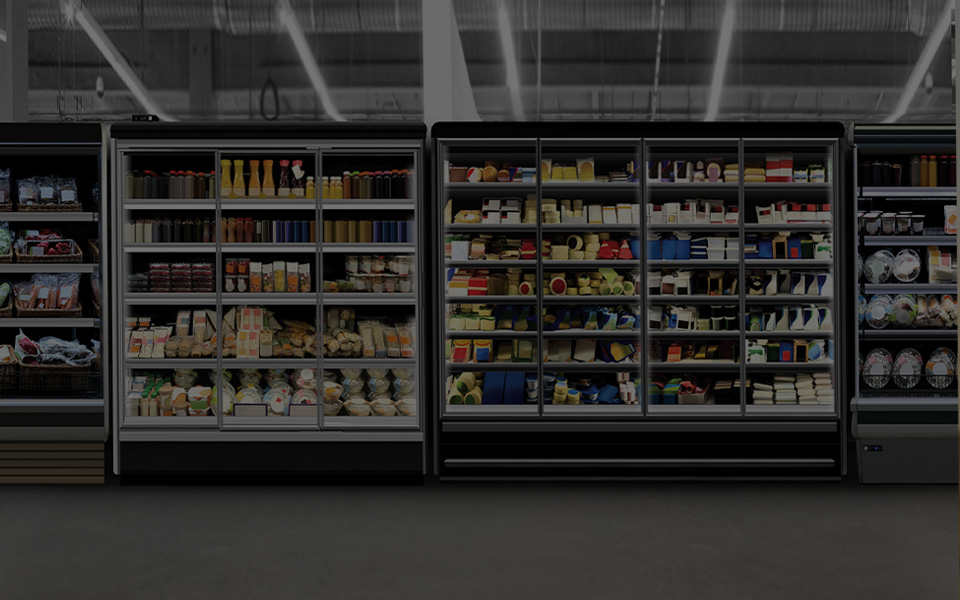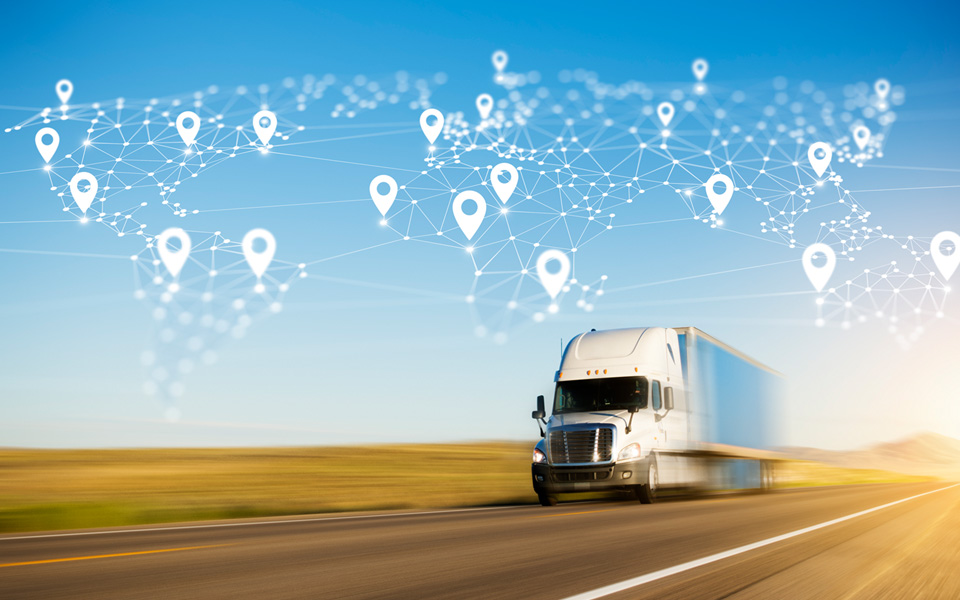*On June 1, 2023 Emerson’s Climate Technologies business became a new standalone company – Copeland. Though our name has changed, we are building on more than a century of HVACR innovation and industry leadership, and Copeland continues to offer the same products, industry stewardship, and learning opportunities you’ve grown to trust. Information found on this webpage posted before June 1, 2023 may contain our old name or branding, but you can be at ease knowing it was created with the knowledge and expertise of Copeland.
The continued advancement of building automation technologies is creating new opportunities for process, performance and sustainability improvements throughout the retail sector. For commercial building operators, these technologies can address many items on their priority lists — from reducing energy and operational costs to meeting short- and long-term sustainability targets. In a recent E360 article, I explored the long-term benefits of implementing smart building automation strategies for commercial retailers.

A smart building is defined as one that leverages technology to enable the efficient and economical use of resources, while creating a safe and comfortable environment for occupants. Today, these technologies combine building management systems (BMS), the internet of things (IoT) and cloud-enabled, artificial intelligence (AI) to usher in a new era of performance and sustainability optimization. Retailers can leverage these connected ecosystems to address a variety of business priorities and operational challenges, including:
- Meeting environmental, social and governance (ESG) commitments (i.e., Net Zero targets)
- Driving corporate sustainability initiatives
- Reducing energy and operational costs
- Optimizing equipment, asset and facility performances
- Transitioning from reactive to proactive maintenance models
Achieving sustainability goals will also require companies to establish grid-interactive efficient buildings (GEBs), enabling connection with the local electricity provider to:
- Optimize energy rates/costs
- Participate in demand response programs
- Document greenhouse gas (GHG) emissions reductions for ESG targets
Optimizing energy in supermarkets and restaurants
For commercial buildings in the food retail sector, refrigeration typically accounts for more than 50 percent of total electricity consumption, followed by lighting and HVAC.
For supermarkets, energy accounts for 1 percent of total operating costs — which is approximately the equivalent of a typical grocery store’s slim profit margin. Thus, even incremental reductions in energy consumption and costs can translate into significant increases in profits.
Restaurants have fewer refrigeration demands and relatively more equal distribution of energy consumption among these equipment categories. Restaurants in the United States typically spend 3 to 5 percent of their total operating costs on energy — of which 28 percent can be attributed to HVAC and 6 percent on refrigeration.
A BMS is foundational for achieving essential on-site and/or remote management, connectivity and control over critical HVACR assets. From one centralized location, stakeholders can monitor the status, performance, health and condition of key assets, including:
- Refrigeration rack and individual compressors
- Refrigerated case and controller settings
- Walk-in units and door openings
- Rooftop units
- Lighting and occupancy schedules
Connecting to grid interactivity and enterprise insights
To take operational insights to the next level, add cloud-based enterprise IoT software onto this BMS foundation. By capturing individual store data in the cloud, stakeholders can enable centralized retail network management across the enterprise, expanding the reach of energy- and performance-related insights.
Enterprise IoT software creates the connectivity needed for a building to be leveraged as a GEB or grid-connected distributed energy resource (DER). According to the U.S. Department of Energy, buildings with DER capabilities can operate as part of a low-cost, reliable electricity grid without compromising the needs and expectations of building occupants. DERs increase the flexibility of demand-side management by giving smart building operators the ability to respond dynamically to grid signals — enabling them to reduce or shift loads to match current grid loads and participate in demand response programs.
Enterprise IoT software provides real-time performance dashboards and reports that allow companies to perform energy analyses and compare performance among facilities. This helps retailers to quickly identify performance outliers — such as stores or assets that are showing signs of declining performance and/or excessive energy consumption — and drill down into root cause analysis and issue resolution.
Today, Copeland’s retail customers are leveraging the E3 supervisory control platform as a BMS foundation, ProAct™ Connect+ enterprise management software for IoT network connectivity, and the Copeland cloud for AI-driven data analytics. These integrated tools are helping our customers drive continuous operational improvements and energy savings while supporting the march to Net Zero GHG emissions.
To learn more about Copeland’s smart building automation, energy optimization and data analytics tools, please visit our resource hub.

8 proven strategies for rigorous cold chain management
Preparing for the approval and safe use of A2Ls in commercial refrigeration applications...
Protection for high-value shipments just got even better
We’re excited to announce the release of Copeland’s newest real-time tracker, the GO Real-Time...

Three proven strategies to prevent cargo theft
The over-the-road (OTR) transport industry is experiencing a surge in cargo thefts. As thieves...
